Seven species of birds sighted in Ucúquer
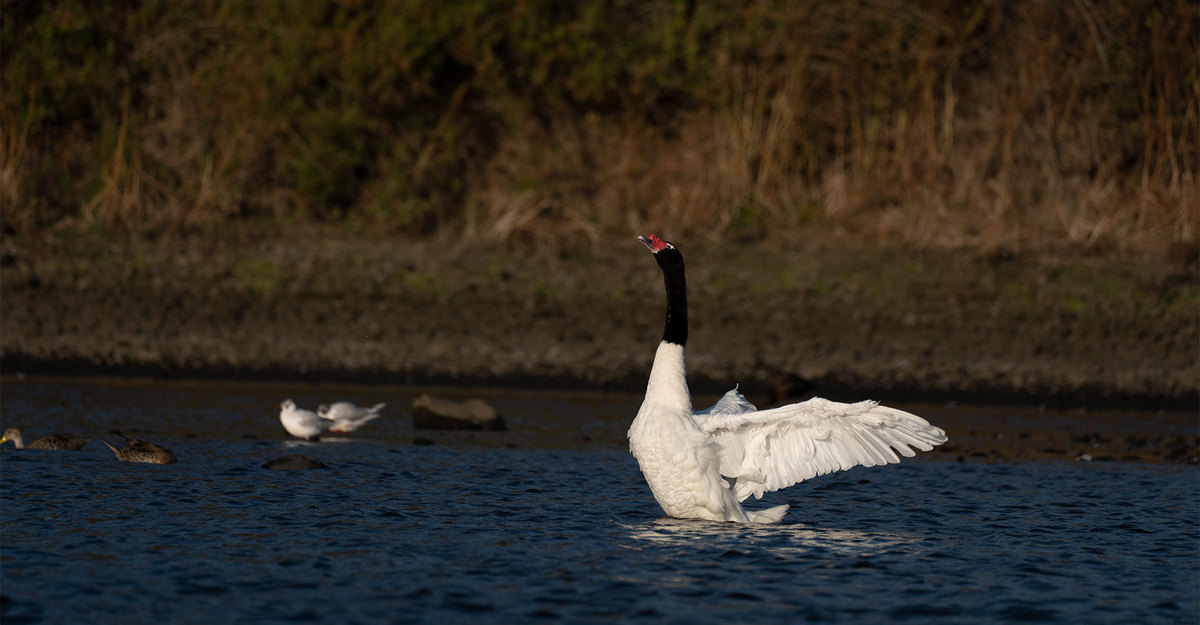

Fundo Ucúquer, an extraordinary vineyard in the Colchagua Valley, where Gran Reserva Sauvignon Blanc comes from, is home to a rich biodiversity. Some of the birds found in this area include
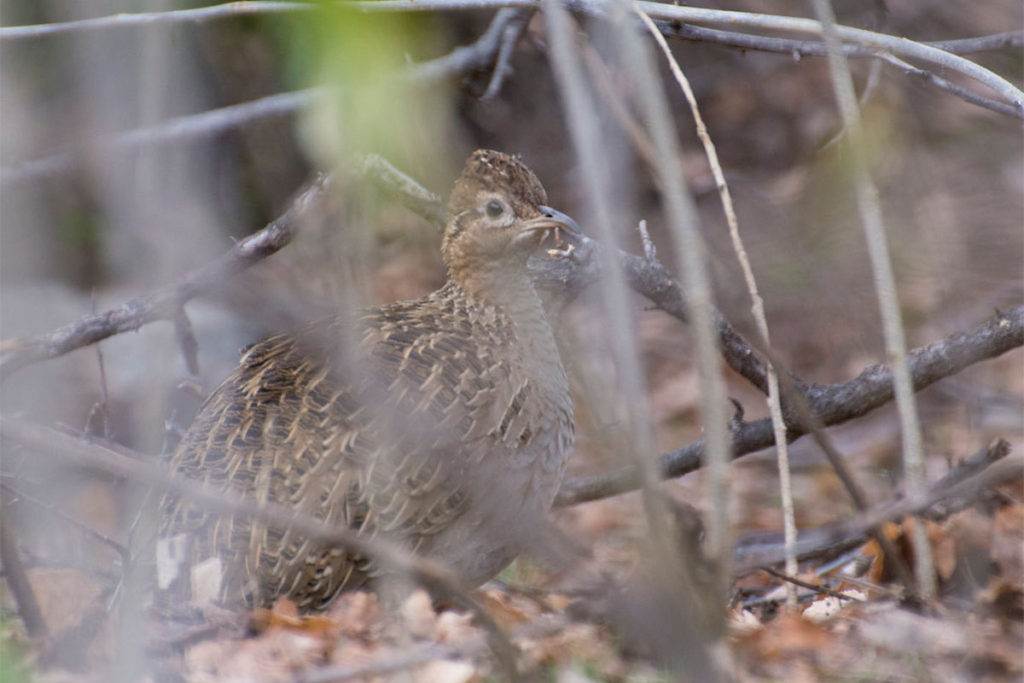
This species, distributed from the south of Atacama to Llanquihue, feeds on seeds and insects. Although abundant in the past, its existence is threatened by hunting and habitat loss: grasslands, bushes, and cultivated shrubs. With a length of approximately 30 cm, the Chilean partridge stands out for its brown plumage mixed with black and white, which gives it an incredible mimicry. In addition, due to its ability to remain motionless, it can be challenging to spot. As a tip: they can be seen alone or in pairs, but never in flocks.
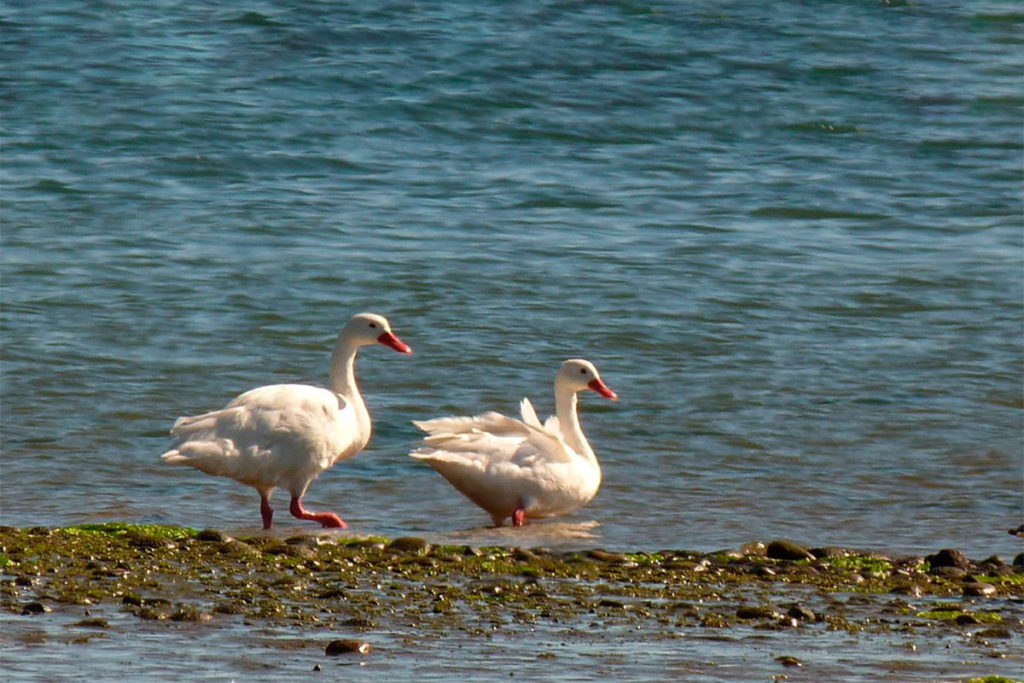
This bird resides between Puerto Montt and Cabo de Hornos, although in recent years, it has extended its habitat to the north so that it can be found throughout the year from the mouth of the Copiapó River to Tierra del Fuego. Since it depends on bodies of water, we can usually find it in lakes and lagoons, as well as in mouths and canals. Thanks to their large size, between 90 and 120 cm in length, with beautifully white plumage, except for the tips of their feathers, which are black, these swans are easy to observe.
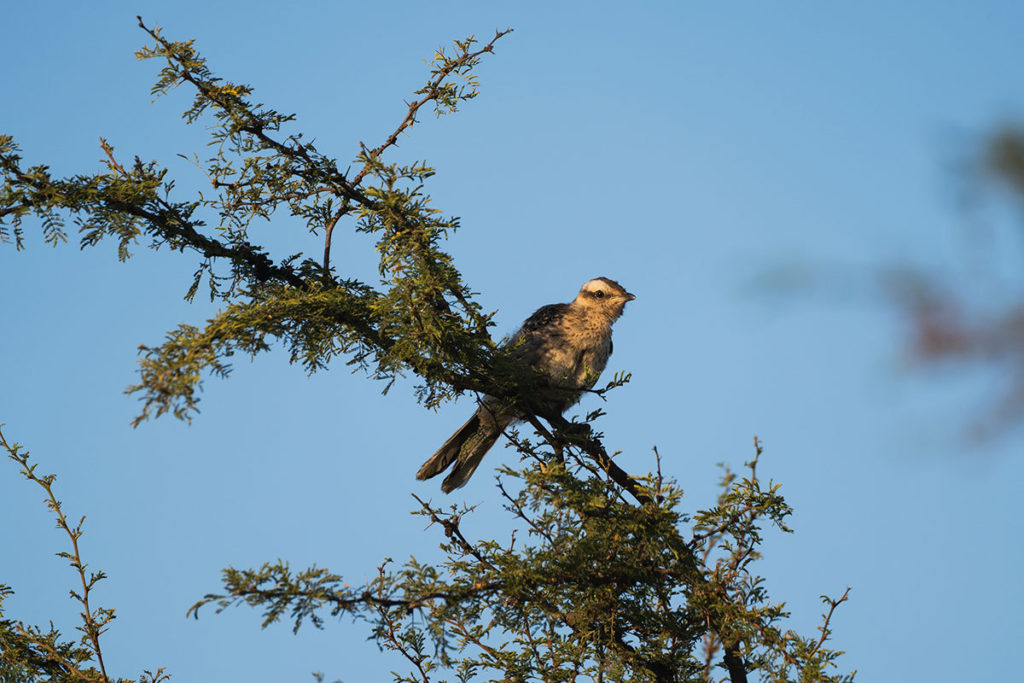
This small bird, only 11 cm, lives from Ñuble to Tierra del Fuego and in the mountainous area up to Aconcagua. It loves places with lots of vegetation, so it is possible to see it in the extensive southern forests. However, it is very skittish and stealthy, so it hides briskly. It’s possible to hear its characteristic cry that sounds like “Pa-trás Pa-trás.”
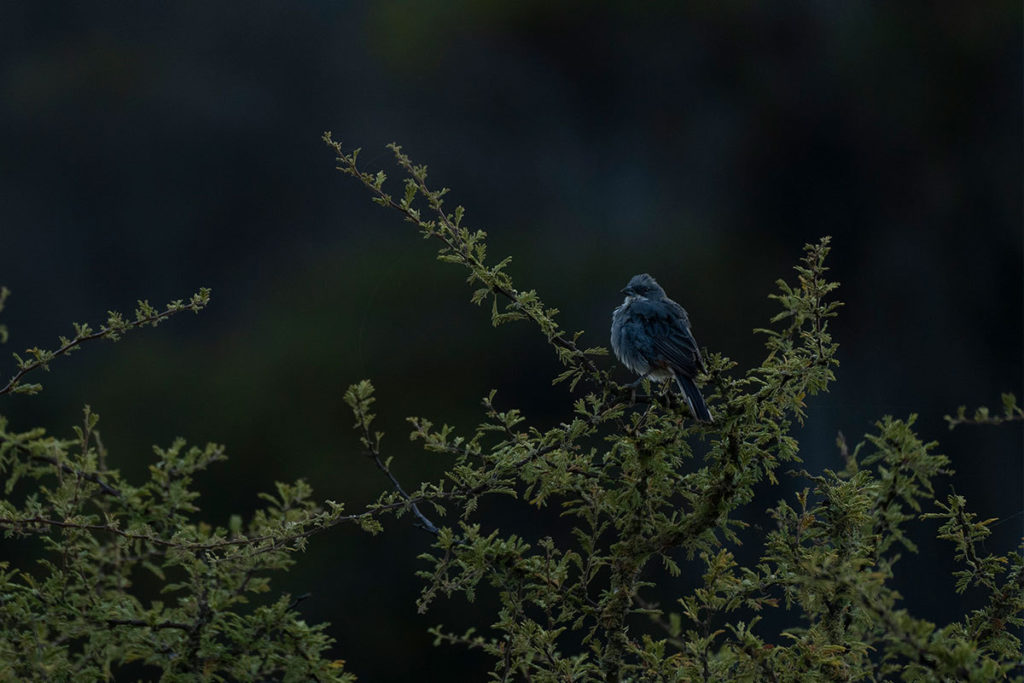
Thrush (Curaeus)
This omnivorous bird lives from the Atacama to the Strait of Magellan. Its natural habitat is temperate forests, mountains, hills, and ravines. Because its plumage is shiny black, and its beak and legs are also black, it is easy to identify. When not breeding, it is a highly social species, usually found in huge flocks.
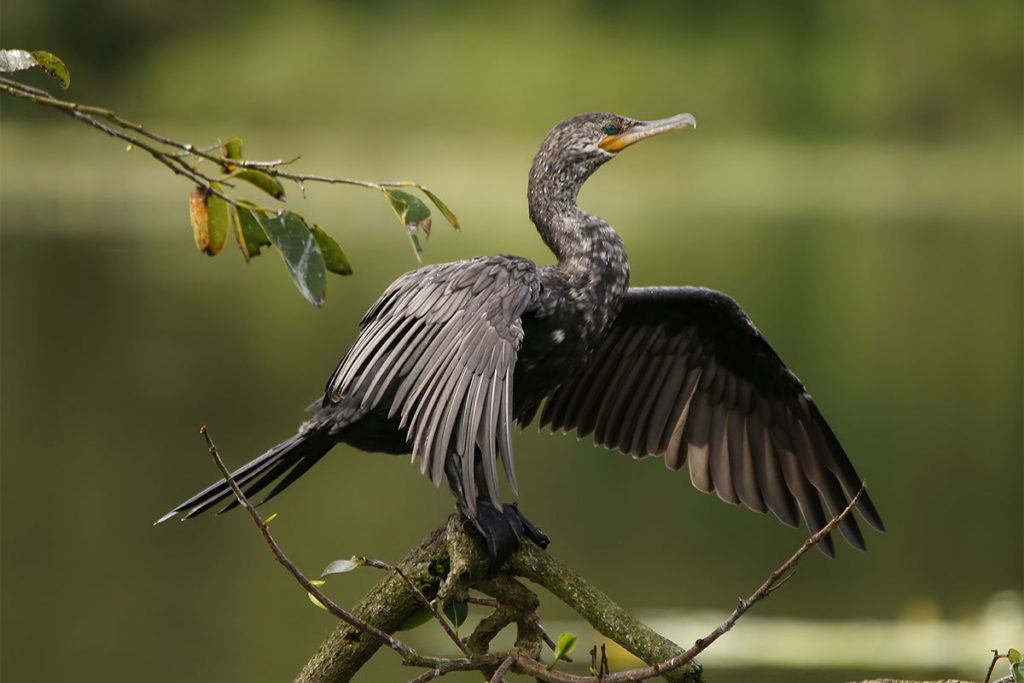
The gadwall, or sea crow, feeds on fish and small crustaceans inhabiting coastal areas, rivers, lakes, and marshes. It has a great capacity to adapt, and although it usually lives near the sea, it likes to move inland and spend the night in the trees. It feeds by diving and dries its wings, open like an “M,” on tree branches.
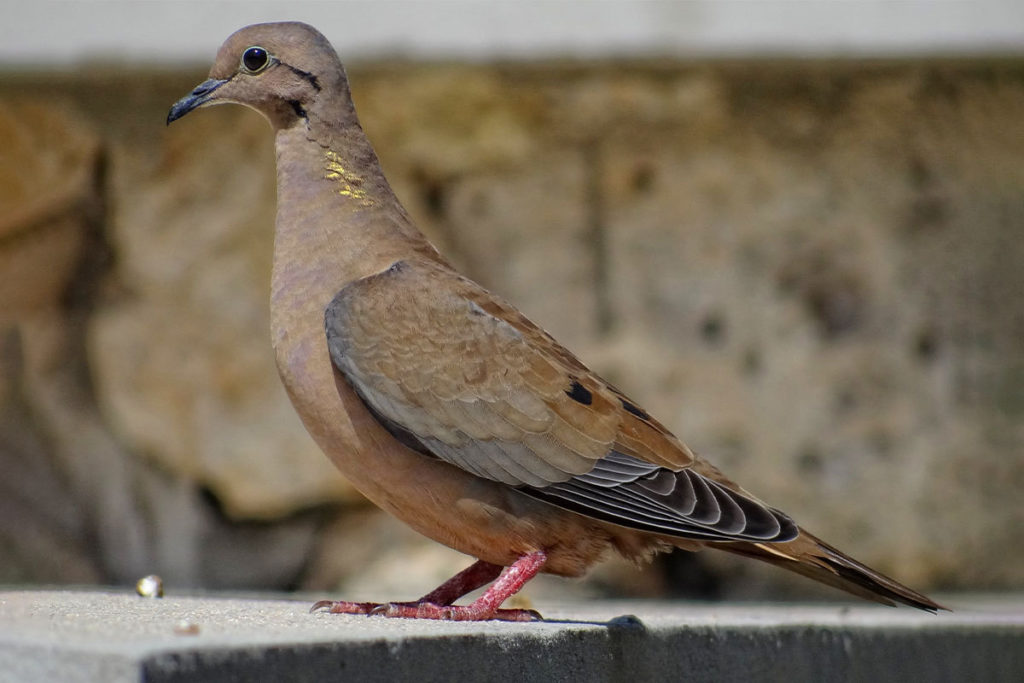
Also known as a pigeon, this bird has roots in Chile’s history since pre-Columbian times, when it was very present in the Araucanía area. Its color is brown with reddish tones reminiscent of wine, with a white semi-collar on the nape of the neck and red legs. It is currently considered a vulnerable species.
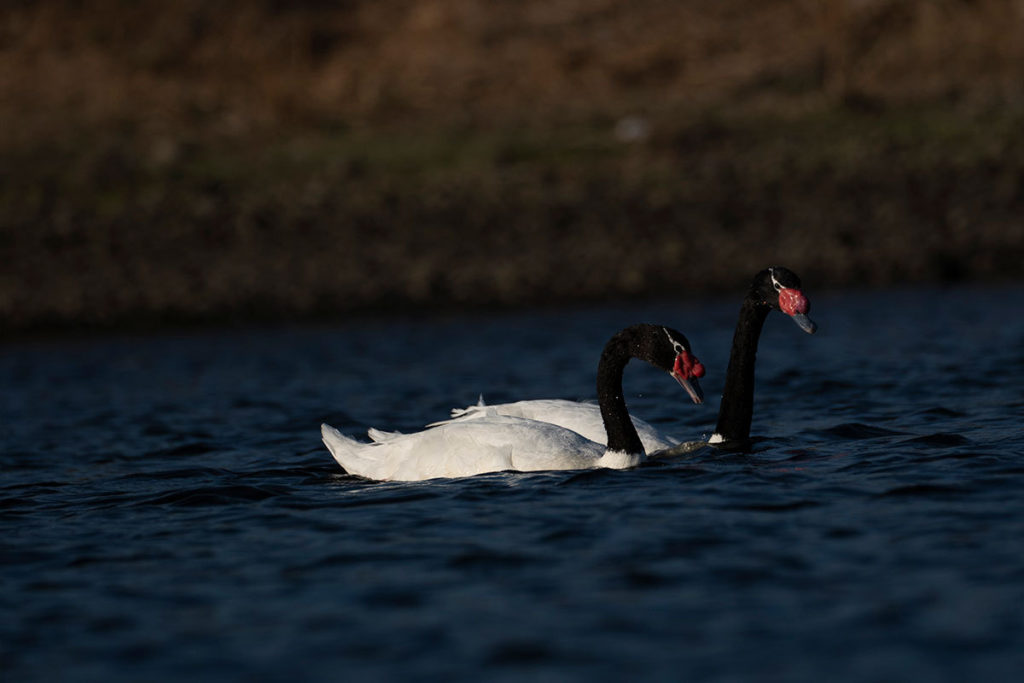
This endemic species of South America inhabits lagoons and lakes, fresh or salt water, and on the seacoasts. It also frequents water reservoirs where algae and plankton grow, from Coquimbo to Cape Horn. It can be up to 122 cm long, with a black head and neck, white plumage, gray bill, and red caruncle.
It is the largest aquatic bird in the country.
We comply with the highest standards of verified social and environmental performance, transparency, and legal responsibility to balance benefit and purpose.
We adopt an Impact Business Model, creating beneficial links between business, community, and environment.
The Gran Reserva vineyards are an important part of the project to conserve native forest areas and protect local biodiversity. Our native forests have the ability to retain rainwater and control the kind of climate change that results from water shortages.
We take care of 1,432 hectares of protected forests and, on average per vineyard, a total of 105 species of fauna and 48 species of registered flora.
Our effort to preserve nature begins with responsible water consumption. 99% of the water we use comes from surface and subterranean sources.
Our vineyards are drip irrigated, which translates to a 90% efficiency on water consumption, and over the past 3 years, we’ve reduced our water footprint by 10%.
All of our winemaking processes require the use of energy. Our choice to invest in clean, renewable energy reflects our desire to co-create a sustainable planet for the future.
100% of the electricity used to make the wines in the Gran Reserva collection come from renewable sources, including solar energy.
Concha y Toro has been certified under the Wines of Chile Sustainability Code since 2012, which means that our vineyards are officially recognized as sustainable vineyards.
The wines in our Gran Reserva collection are crafted entirely from estate-owned grapes in sustainably managed vineyards.